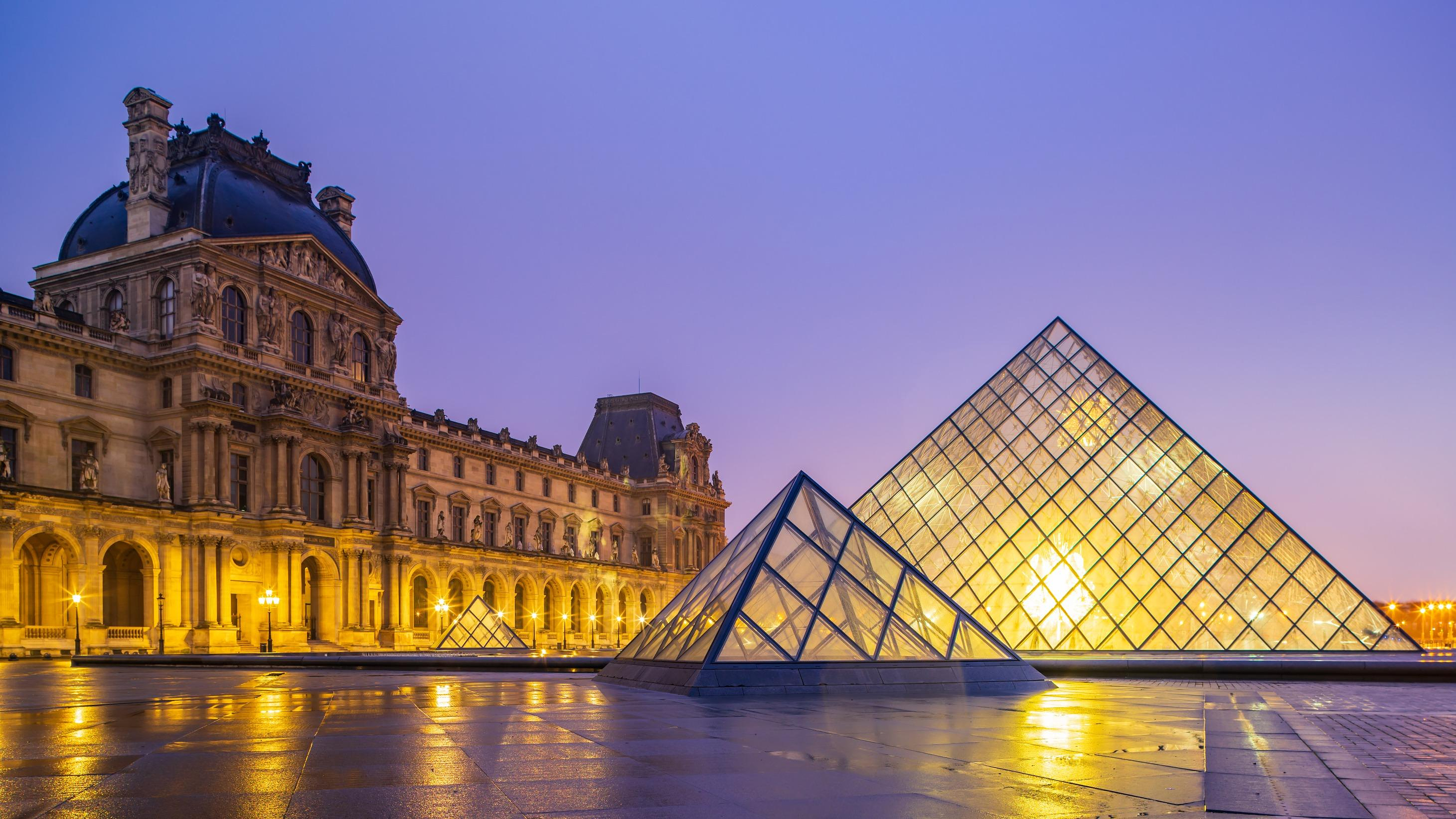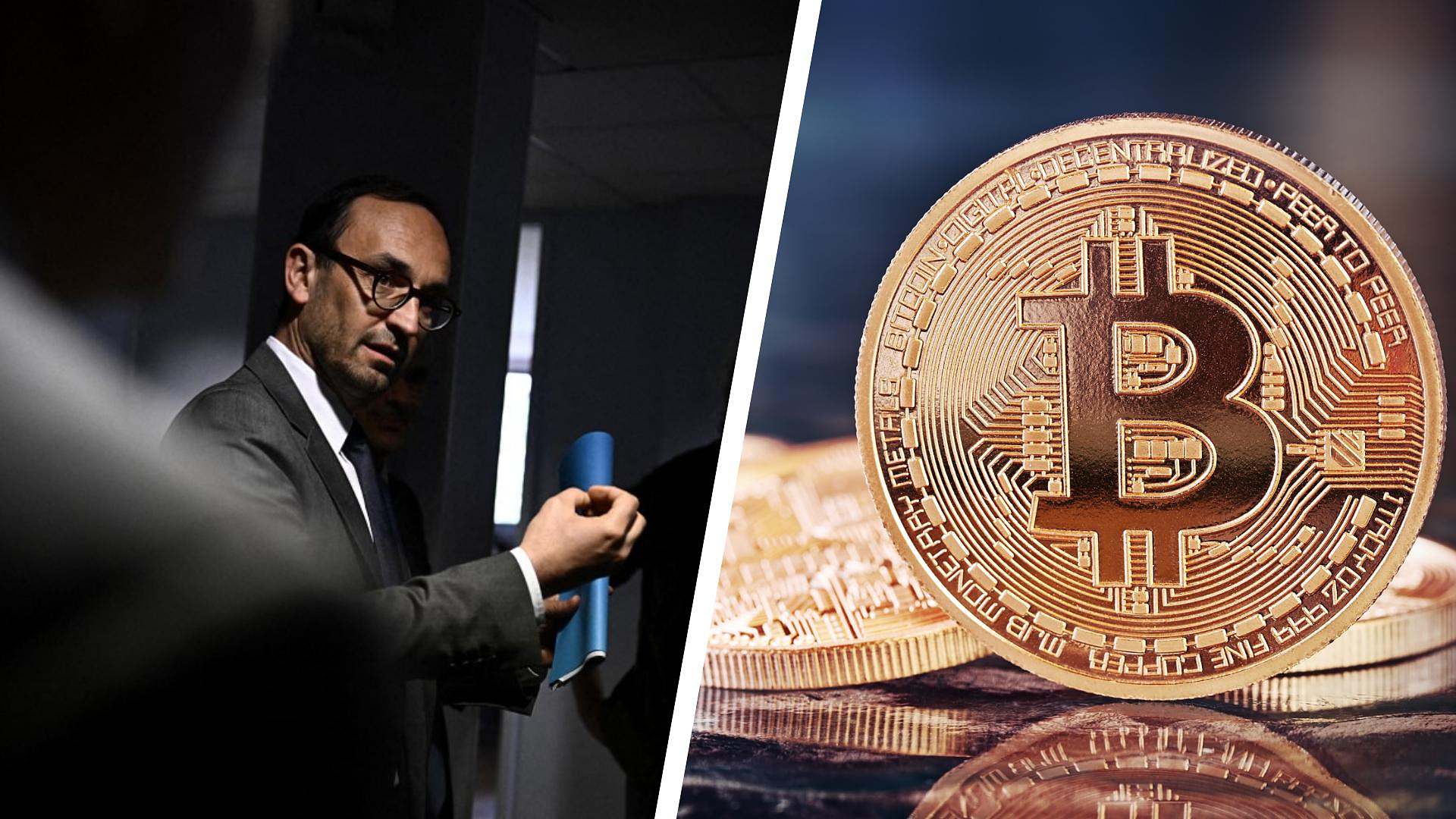Exceptional loan granted to the Louvre. Until September 28, 2025, the Parisian museum will host ten major works of oriental antiquities from the Metropolitan Museum of Art (Met) in New York, closed for renovation work. The works in question will be integrated with those of the department of oriental antiquities of the Louvre, where they introduce “correspondences” by reconstituting sets and completing the information linked to the specific history of each piece.
From Thursday February 29, an exhibition comparing the two collections will be open to the public. It will allow you to discover these works from the Met's Department of Ancient Near Eastern Art, dating from a period between the end of the 4th millennium BC and the 5th century AD. “The exhibition travels from Iran to Mesopotamia and introduces a different way to the works of the Louvre, the oldest and one of the most complete collections in the world with 150,000 pieces, which we will better understand thanks to the works of the Met” , told AFP Ariane Thomas, French curator of the exhibition, interviewed with the American Kim Benzel, her counterpart at the Met.
As an example, Ariane Thomas cites “a fragment found in excavations at Tello, in Mesopotamia, and kept at the Louvre, making it possible to attribute and date a head acquired by the Met, until now difficult to locate in time and place. 'space. Conversely, this head allows us to better understand to which part the only fragment found in the Louvre corresponds.
Also read: Léna Situations at the Louvre, Squeezie at Versailles... French museums are opening their doors wide to Twitch and YouTube stars
Among the nuggets on display is “one of the very rare testimonies of goldsmithing in Mesopotamia,” according to the commissioners. According to Kim Benzel, it is “a motley collection of jewelry pieces discovered in a monetary stash, presented for decades by the Met as a necklace.” The exhibition allows us to deconstruct this story: “Looking at it for a long time, I discovered that the large pendants had been melted down, some remained unfinished or were reused,” she continues. They were probably heterogeneous pieces of goldwork which must have belonged to a jeweler, with pendants which were also divine, protective emblems, very powerful in Mesopotamia.
“This collaboration with the Louvre is unique for the Met during its renovation and will allow it to design a completely new presentation of the works when the department (of oriental antiquities) reopens at the end of 2026,” concludes the American curator.

 What is chloropicrin, the chemical agent that Washington accuses Moscow of using in Ukraine?
What is chloropicrin, the chemical agent that Washington accuses Moscow of using in Ukraine? Poland, big winner of European enlargement
Poland, big winner of European enlargement In Israel, step-by-step negotiations for a ceasefire in the Gaza Strip
In Israel, step-by-step negotiations for a ceasefire in the Gaza Strip BBVA ADRs fall almost 2% on Wall Street
BBVA ADRs fall almost 2% on Wall Street Breast cancer: less than one in two French women follow screening recommendations
Breast cancer: less than one in two French women follow screening recommendations “Dazzling” symptoms, 5,000 deaths per year, non-existent vaccine... What is Lassa fever, a case of which has been identified in Île-de-France?
“Dazzling” symptoms, 5,000 deaths per year, non-existent vaccine... What is Lassa fever, a case of which has been identified in Île-de-France? Sánchez cancels his agenda and considers resigning: "I need to stop and reflect"
Sánchez cancels his agenda and considers resigning: "I need to stop and reflect" The Federal Committee of the PSOE interrupts the event to take to the streets with the militants
The Federal Committee of the PSOE interrupts the event to take to the streets with the militants The growth gap between Europe and the United States will narrow in 2025
The growth gap between Europe and the United States will narrow in 2025 A report recommends the creation of a “riot fund” to cover communities
A report recommends the creation of a “riot fund” to cover communities With 3.5 billion euros collected, life insurance recorded its best month in 10 years in March
With 3.5 billion euros collected, life insurance recorded its best month in 10 years in March Volvic factory shut down after “an act of malicious intent”: production can resume “at the earliest” on Friday
Volvic factory shut down after “an act of malicious intent”: production can resume “at the earliest” on Friday Jean Reno publishes his first novel Emma on May 16
Jean Reno publishes his first novel Emma on May 16 Cannes Film Festival: Meryl Streep awarded an honorary Palme d’Or
Cannes Film Festival: Meryl Streep awarded an honorary Palme d’Or With A Little Something Extra, Artus and his disabled actors do better than Intouchable on the first day
With A Little Something Extra, Artus and his disabled actors do better than Intouchable on the first day Madonna ends her world tour with a giant - and free - concert in Copacabana
Madonna ends her world tour with a giant - and free - concert in Copacabana Omoda 7, another Chinese car that could be manufactured in Spain
Omoda 7, another Chinese car that could be manufactured in Spain BYD chooses CA Auto Bank as financial partner in Spain
BYD chooses CA Auto Bank as financial partner in Spain Tesla and Baidu sign key agreement to boost development of autonomous driving
Tesla and Baidu sign key agreement to boost development of autonomous driving Skoda Kodiaq 2024: a 'beast' plug-in hybrid SUV
Skoda Kodiaq 2024: a 'beast' plug-in hybrid SUV The home mortgage firm rises 3.8% in February and the average interest moderates to 3.33%
The home mortgage firm rises 3.8% in February and the average interest moderates to 3.33% This is how housing prices have changed in Spain in the last decade
This is how housing prices have changed in Spain in the last decade The home mortgage firm drops 10% in January and interest soars to 3.46%
The home mortgage firm drops 10% in January and interest soars to 3.46% The jewel of the Rocío de Nagüeles urbanization: a dream villa in Marbella
The jewel of the Rocío de Nagüeles urbanization: a dream villa in Marbella Europeans: a senior official on the National Rally list
Europeans: a senior official on the National Rally list Blockade of Sciences Po: the right denounces a “drift”, the government charges the rebels
Blockade of Sciences Po: the right denounces a “drift”, the government charges the rebels Even on a mission for NATO, the Charles-de-Gaulle remains under French control, Lecornu responds to Mélenchon
Even on a mission for NATO, the Charles-de-Gaulle remains under French control, Lecornu responds to Mélenchon “Deadly Europe”, “economic decline”, immigration… What to remember from Emmanuel Macron’s speech at the Sorbonne
“Deadly Europe”, “economic decline”, immigration… What to remember from Emmanuel Macron’s speech at the Sorbonne These French cities that will boycott the World Cup in Qatar
These French cities that will boycott the World Cup in Qatar NBA: the Pacers and the Knicks will be there in the play-off semi-finals
NBA: the Pacers and the Knicks will be there in the play-off semi-finals Tennis: like last year, Sabalenka joins Swiatek in the final in Madrid
Tennis: like last year, Sabalenka joins Swiatek in the final in Madrid OM: scorer against Bergamo, Mbemba moved after the final whistle
OM: scorer against Bergamo, Mbemba moved after the final whistle OM-Atalanta: the lines of the match
OM-Atalanta: the lines of the match


















